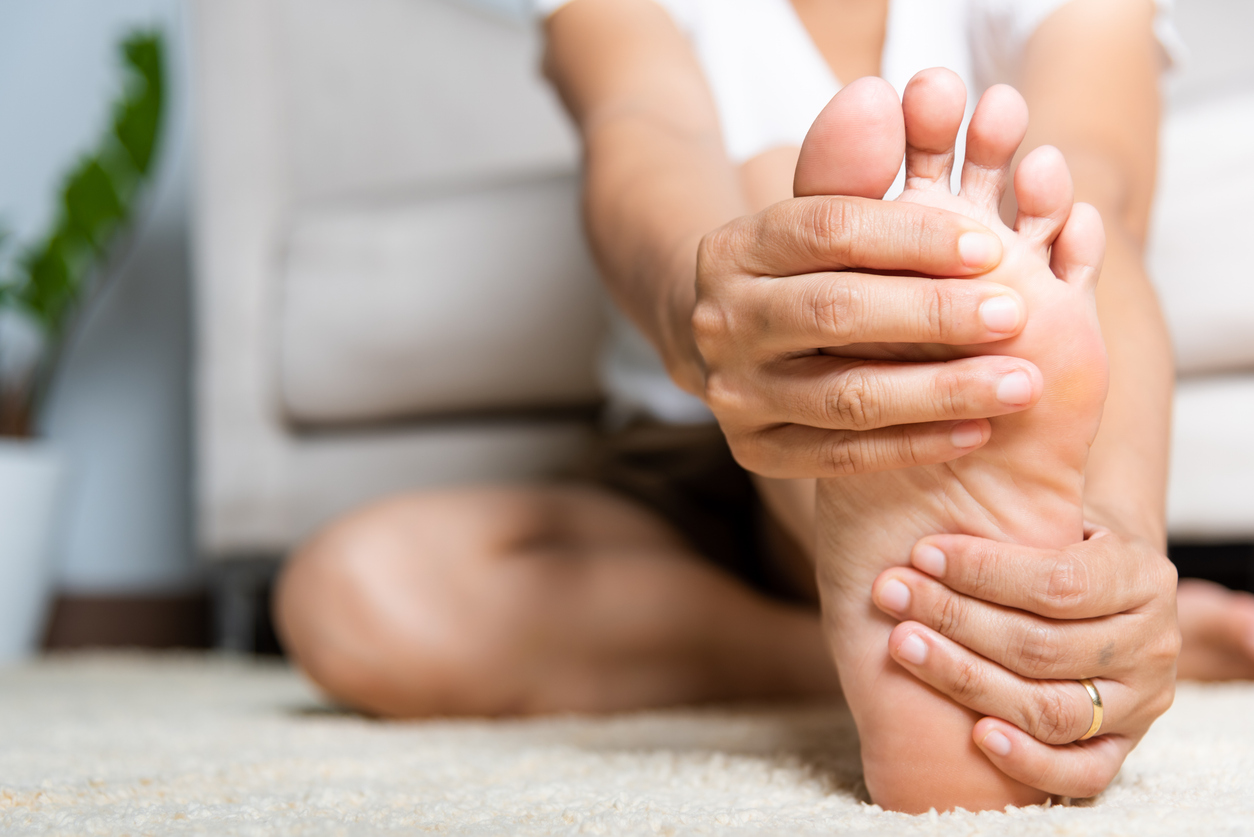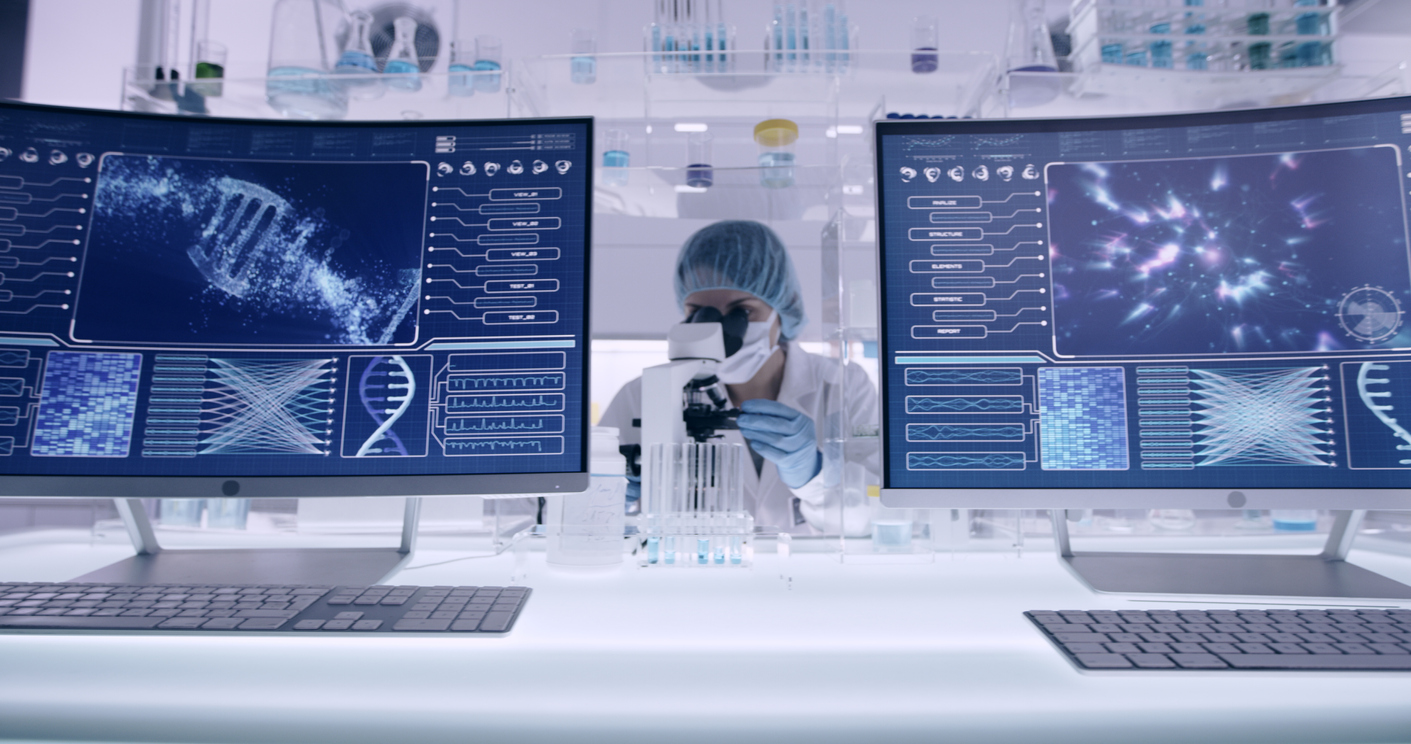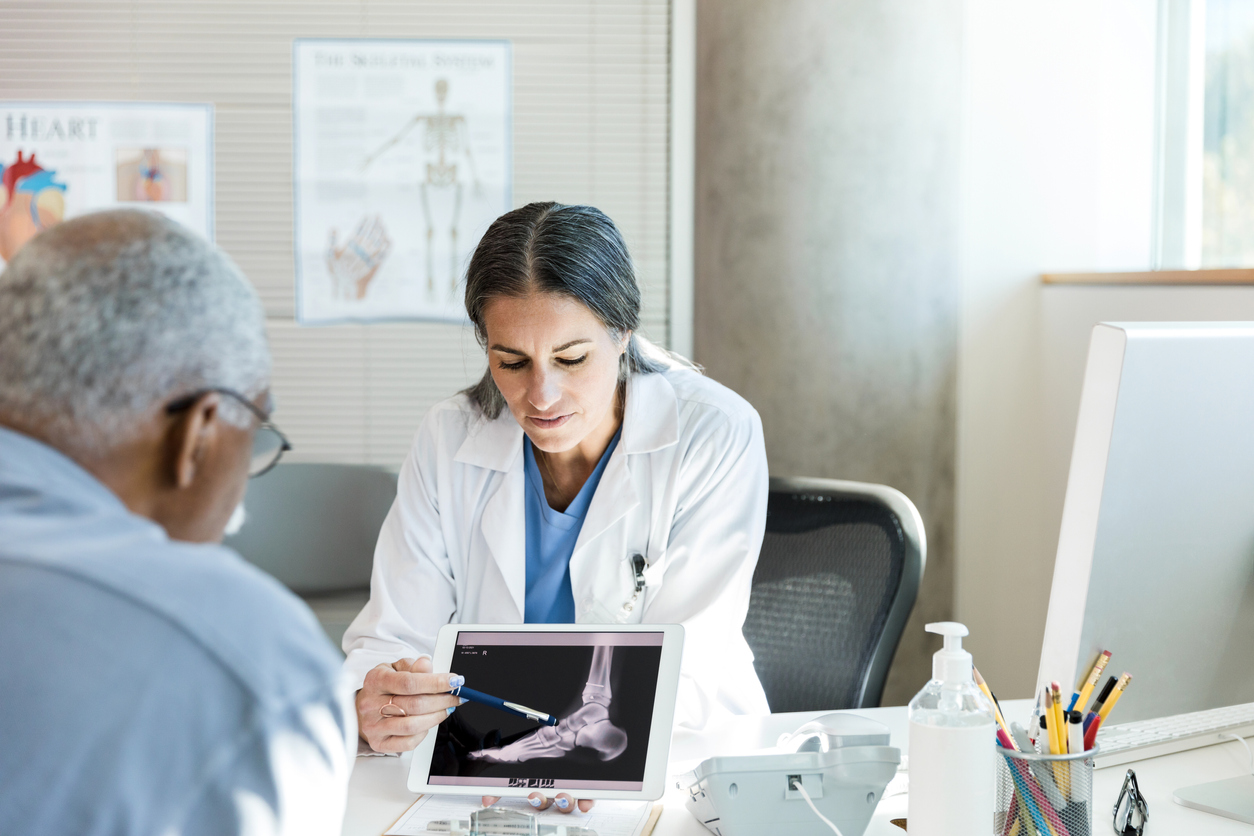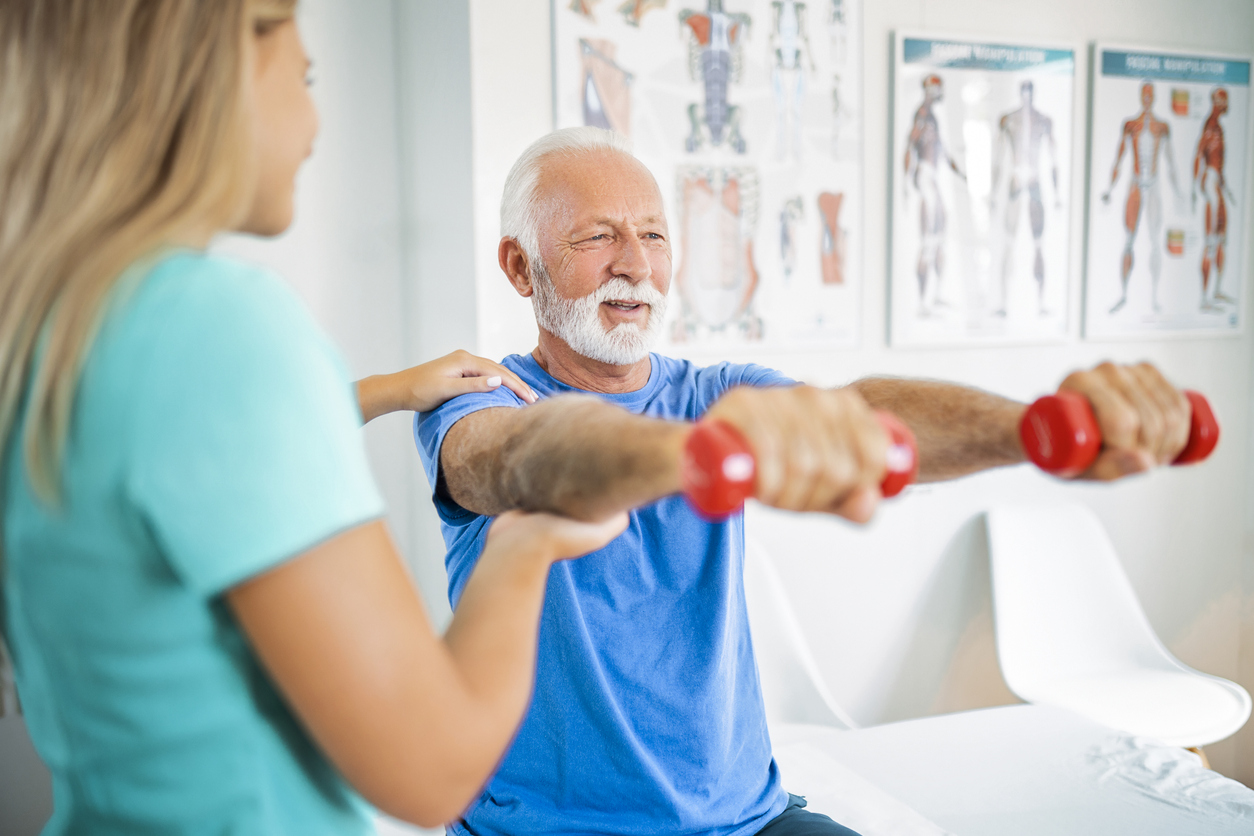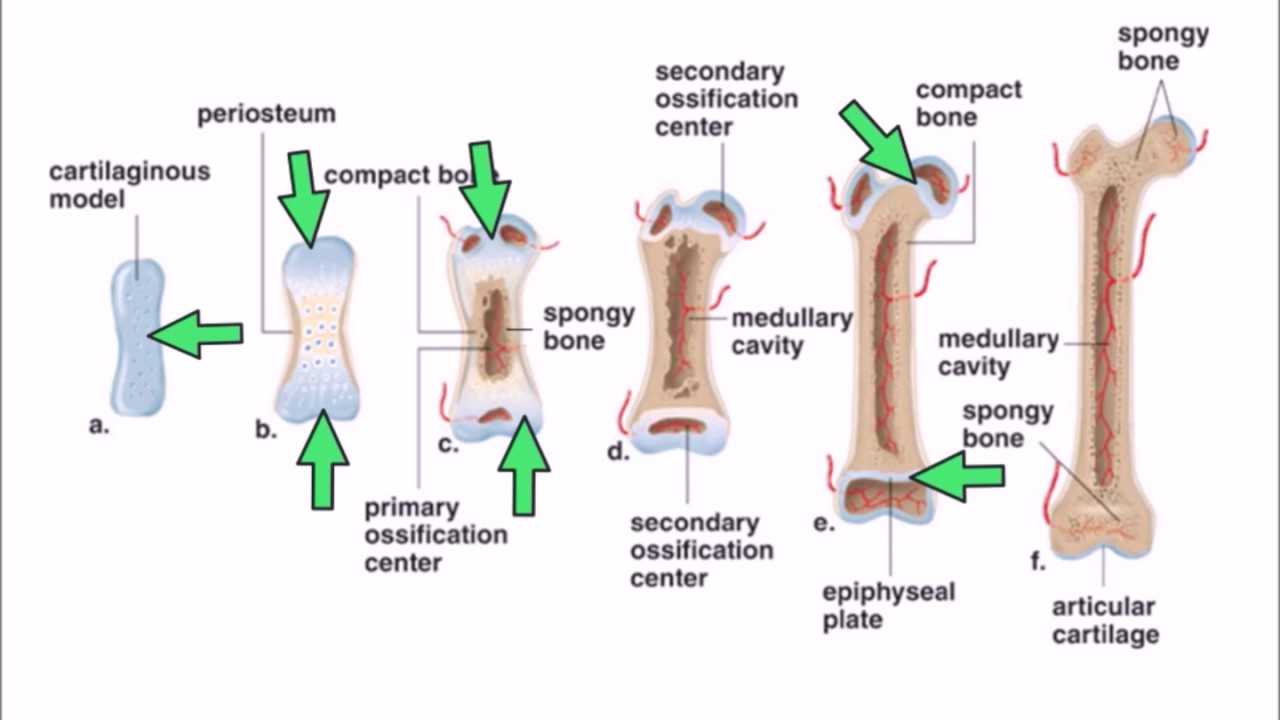
The formation of joints during the development of the body is associated with the formation of bones.
When a child is born, the elements of the joints are already formed, but the tissue structure is very different from the structure of adults. At birth, the articular ends of the bones are cartilage, most of the epiphyses ossify in the first or second year, and this process ends in adolescence.
The structure of articular cartilage in newborns is fibrous. In the first 3 years, cartilage is actively rebuilt, then the process slows down, and gradually ends by the age of 9-14 years. The size and number of villi and folds in the synovial membrane increase after birth, and vascular networks and nerve endings develop. The structure of the villi becomes more complex at the age of 6–10 years, some of them branch out. At the age of 3-8 years there is an increased collagenization of the ligaments and joint capsules. In adolescents, the joint capsules thicken. By the age of 15-16, intra-articular formations become cartilaginous. The bones and joints are finally developed by the age of 22-25.
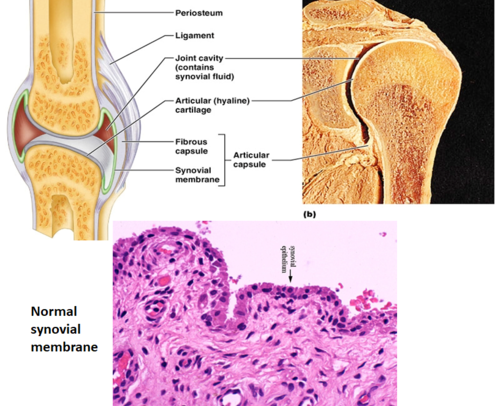
As we grow up and age, the joints change, as deep biochemical and ultrastructural processes take place in the connective tissue. There is less fluid in the tissues, the number of fibrous structures increases, the properties of collagen change, and the elasticity of the fibers deteriorates. After the age of 20 the basic substance of cartilage in the human body begins to change again. As we age, articular cartilage becomes thinner. In the elderly, articular cartilage calcifies, and then bone deposition can occur. All these changes lead to a deterioration in joint mobility.
If the development of muscles and bones is disturbed, joint abnormalities may occur. Congenital dislocations of the hip or shoulder joints occur due to underdevelopment of the articular cavities or heads. If the surrounding muscles are underdeveloped, congenital contracture of the joint and limitation of movements appear. There may be other anomalies.
In any case, with age, our joints lose their former mobility and require more and more attention. Prevention and recovery remain the best means and include:
- Weight control.
- Wearing comfortable shoes or shoes with special orthopedic insoles.
- Avoidance of emotional overload and stress.
- When sitting or standing work – a periodic change in body position.
- Enriching your diet with products useful for the joints: gelatin, fatty fish, vegetable oils, dairy products, seaweed, citrus fruits and berries.
The first alarming bells are the appearance of discomfort and pain in the limbs and joints, it is dangerous to skip or ignore them. Read more about this in the article: Why joints hurt and what to do about it.

